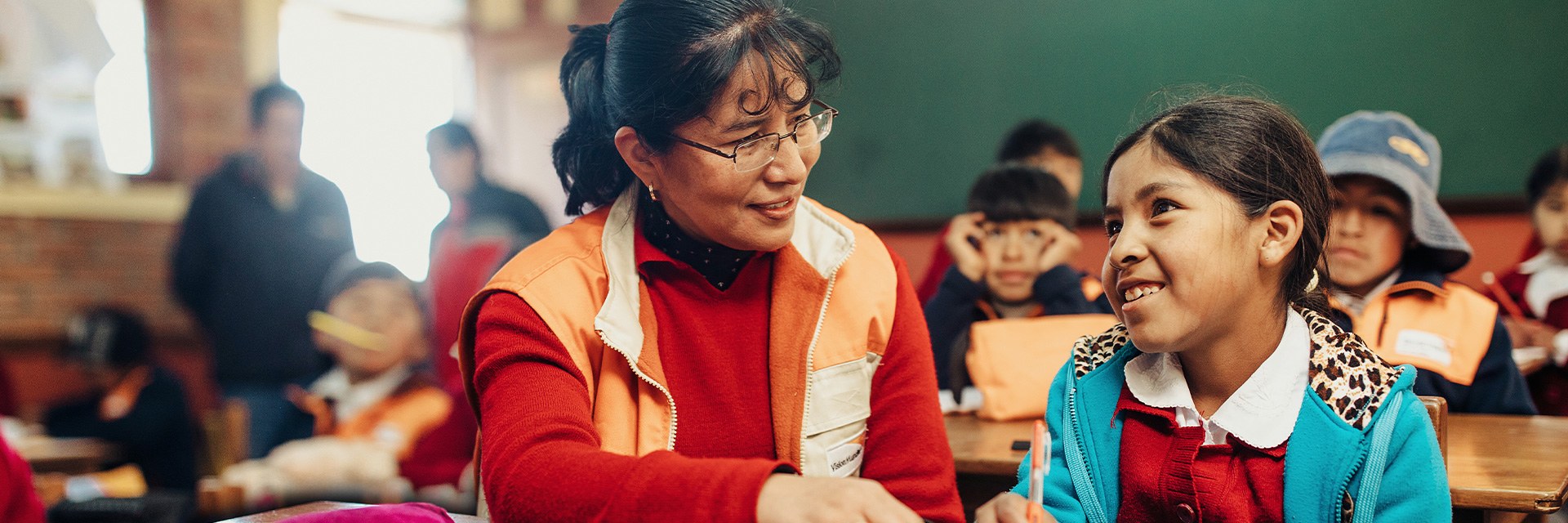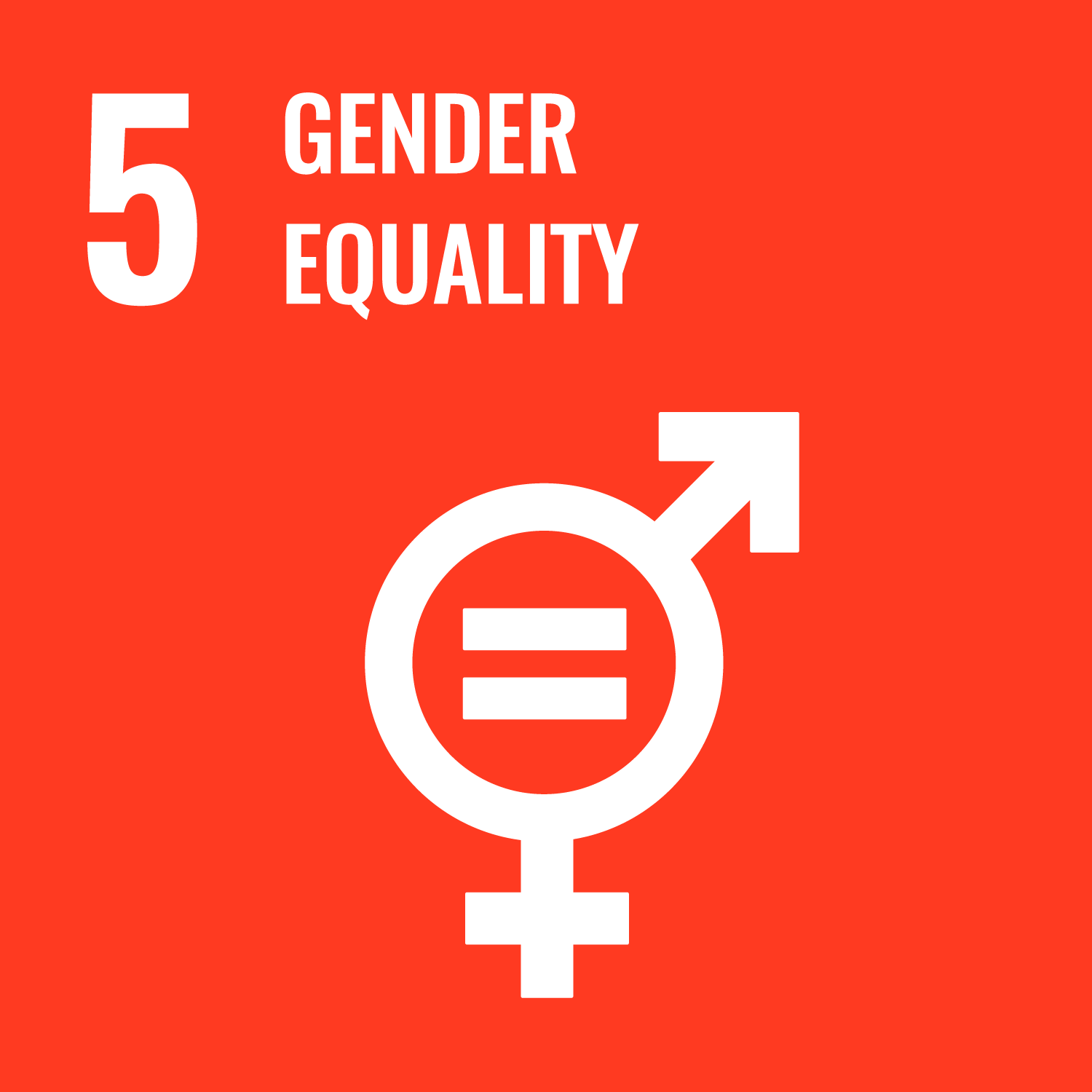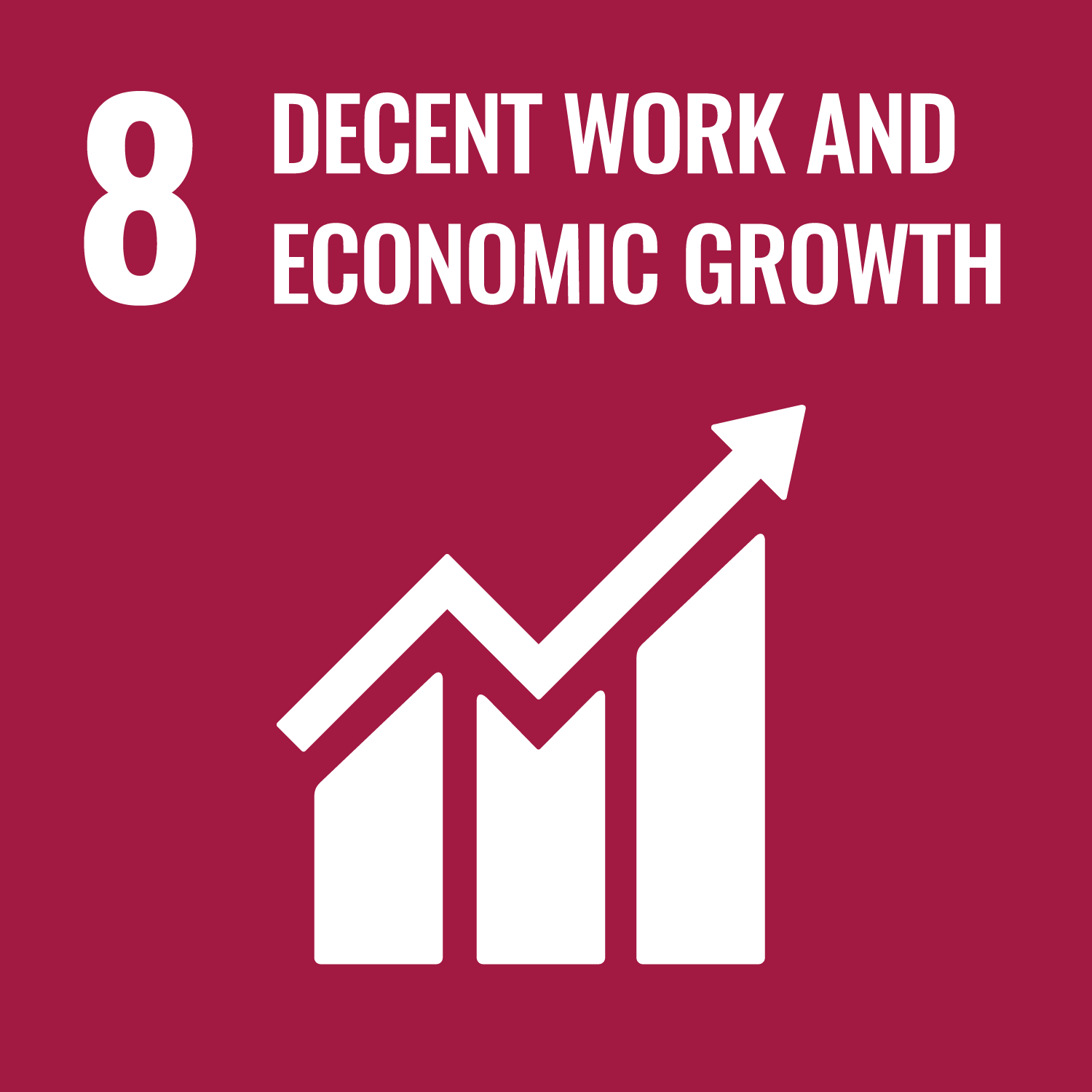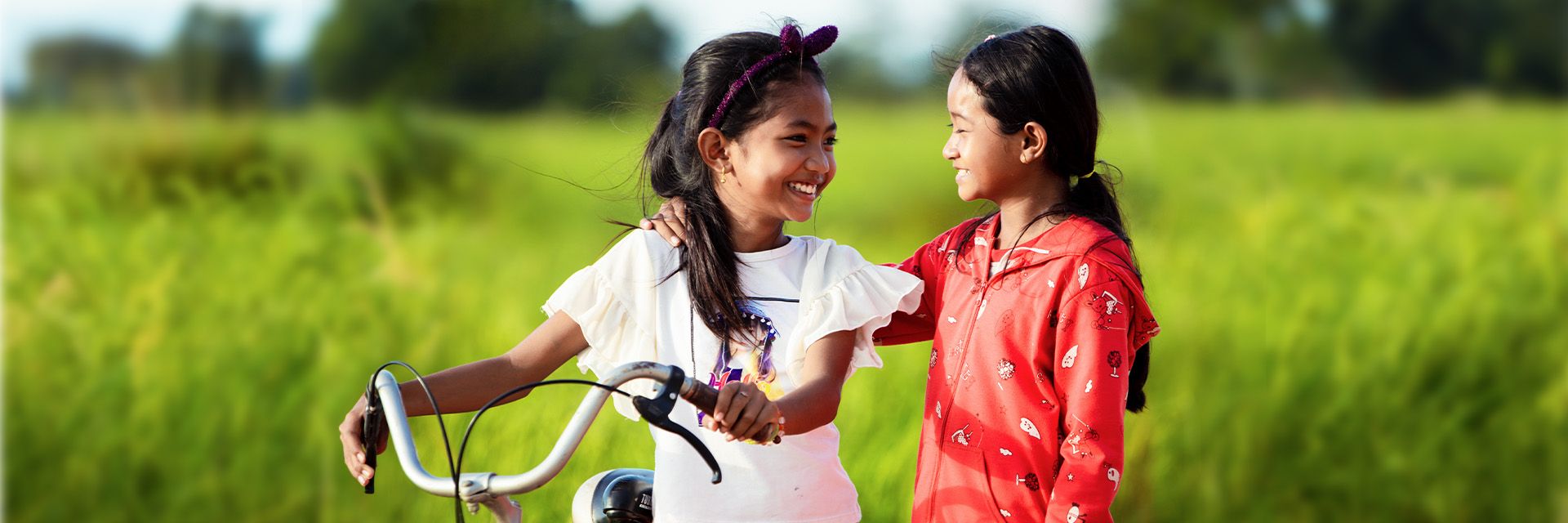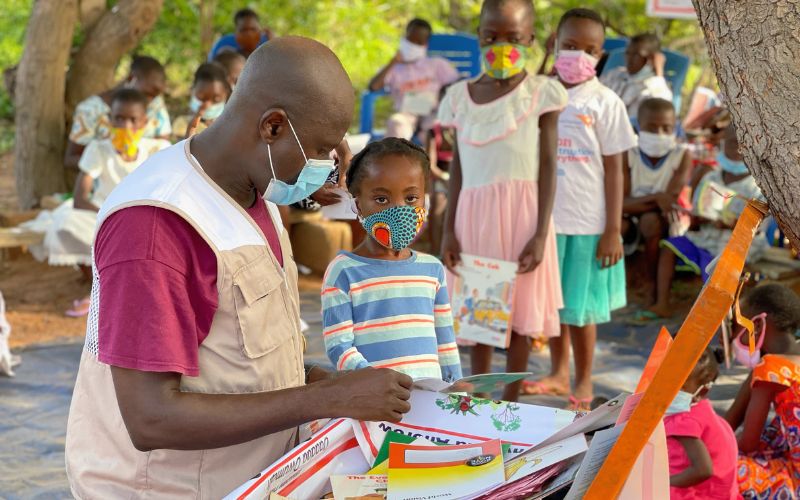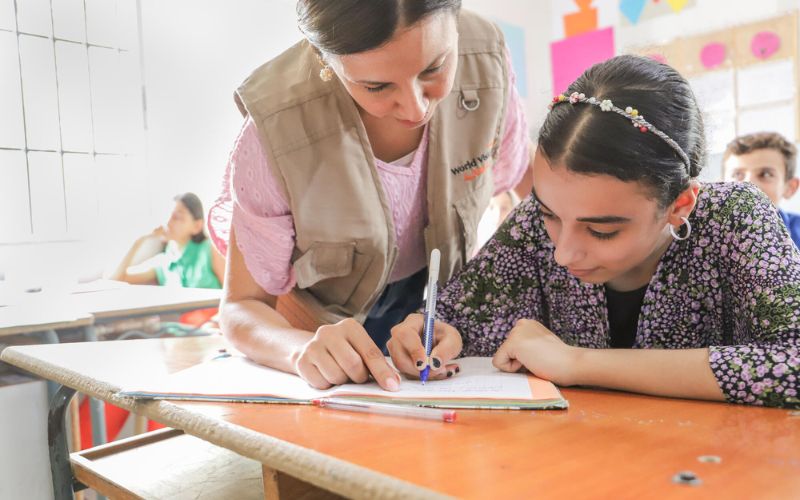The goal for 2025 is to reach at least 1.1 million people through education-focused initiatives.
Major progress was made in expanding children’s access to essential learning materials. More than 379,000 children received school supplies such as books, backpacks, uniforms, and bicycles, while over 763,000 reading materials were distributed to schools and communities. Educational institutions, including early childhood development centres and schools, benefitted from enhanced resources to improve learning environments. El Salvador, Burundi, and the Democratic Republic of the Congo were among the primary recipient countries.
In 2024, participation in literacy activities considerably increased in the Democratic Republic of the Congo, Ethiopia, and Malawi, reflecting substantial program growth. Specifically in Ethiopia, the program goal was to support crisis-affected children in the Amhara region. Additionally, new literacy initiatives were introduced in Haiti and Sudan, highlighting expanded reach.
Steady progress was made in training caregivers to support early childhood development, including the training of 12,831 caregivers. Training efforts increased considerably in Rwanda, Cambodia, and Haiti, while moderate growth was observed in Kenya and Ecuador. Our research in 2024 has also expanded to better understand the value of early interventions such as through our Learning Roots program approach. World Vision Canada’s early childhood development programs have provided a boost in education equivalent to giving more than 108,000 children an extra year of school. Moreover, $5 in education benefits are generated for every dollar invested by donors and participants.


